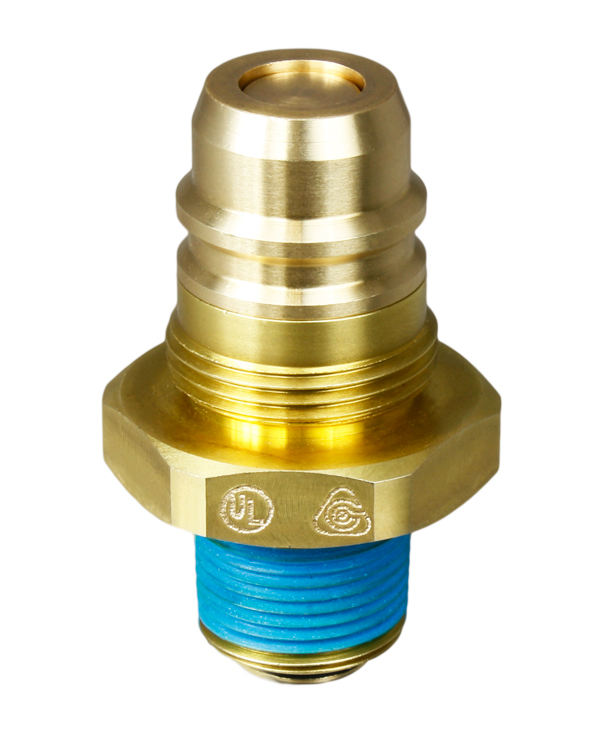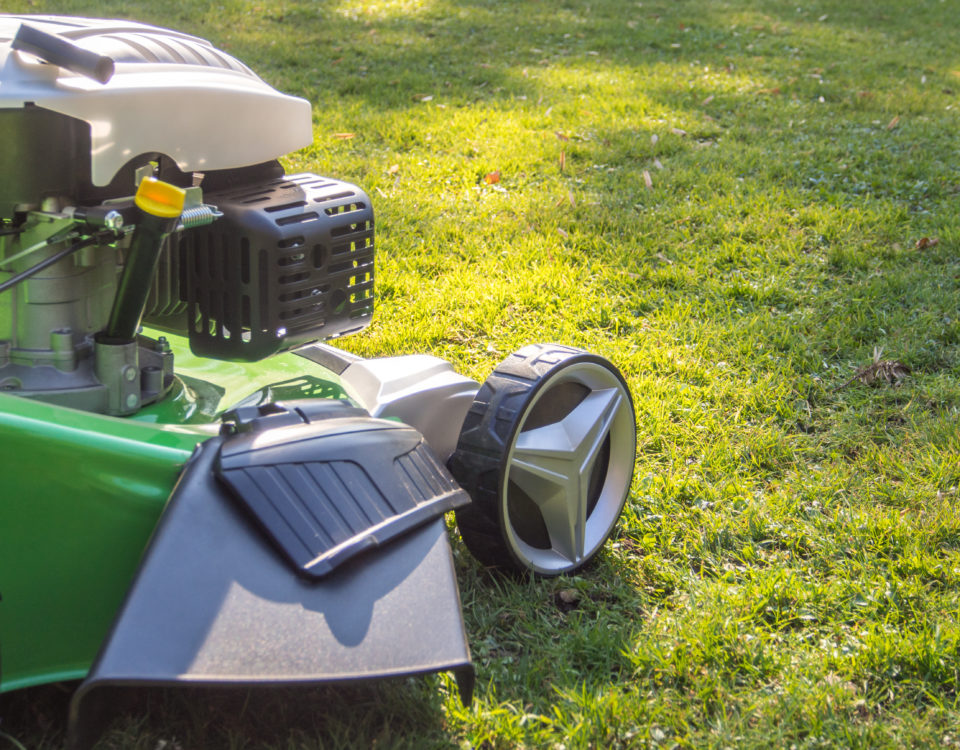
The Cavagna Group launches innovative propane filling valve “SNAP-FILL”
March 5, 2015
Choosing between a conventional, silenced or an inverter generator
April 27, 2015Greengear has a number of power options in their product line of portable propane/LPG fueled
generators, but do you know how to calculate what kind of power you’ll need?
Extreme weather conditions and over-burdened power grids make power outage a more common
occurrence. Whether it’s summer and you find yourself in sweltering heat without air-conditioning,
or you just filled the freezer after a summer of gathering garden vegetables, or you are working
from home and find yourself suddenly without battery power for your devices, a generator can
save the day. Or you may be shopping for a generator that will be handy and light for camping or
other recreational activities.
If you’ve never purchased a generator, you’ll be amazed to find how many models exist!
Fundamentally though, there are two broad categories of generators.
1. Portable – These can be purchased at low wattage for camping or with a higher wattage for
home use. When the power goes out it needs to be plugged into the applause or the subpanel.
They are the most convenient and cheapest alternative. There are different portable
generators: conventional, inverter and silenced. If you’d like more information, check out How
to choose a portable generator.
2. Standby – These generators start automatically during power outages, but come with a steep
price tag, including installation costs. They aren’t portable, as they are installed with a direct
connection to the home’s power panel.
Calculating wattage
For private, home or recreational use, generators have power ranges that start at 2 kw and go up
to 7 kw (enough to power an entire home). The first thing you’ll need to do is determine your
wattage requirements by making a list of the essential appliances and equipment that will be
running. Add up the wattage requirements, then multiply that number by 1.5, as appliances will
need extra wattage to power the start up.
By checking the product manual or the indications on the appliance, you will find the wattage
specified. Here are just a few appliances, with an average wattage, just to give you an idea which
range your total will fall under.
Wattage Requirements
Microwave: 600 to 1,200 watts
Hairdryer: 800 to 1,500 watts
Refrigerator: 700 to 1,200 watts
Freezer: 500 to 1,200 watts
Washing machine: 1,200 watts
1/3-hp sump pump: 800 watts
Television: 300 watts
Laptop computer: 250 watts
10,000-Btu air conditioner: 1,500 watts






